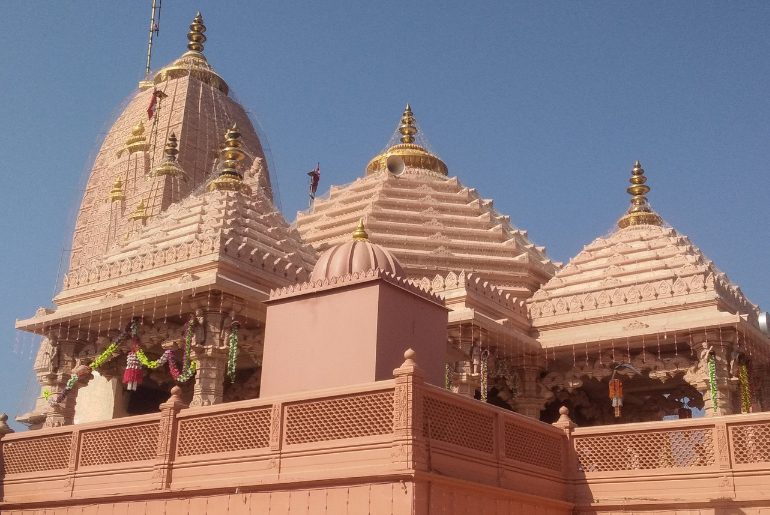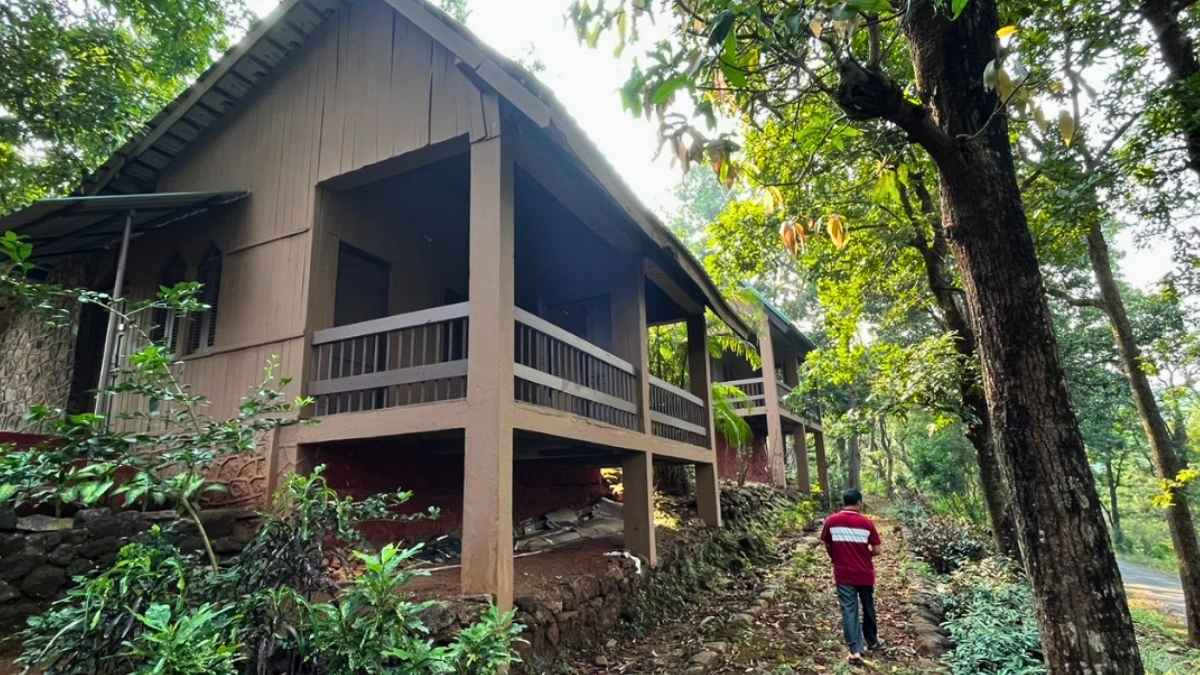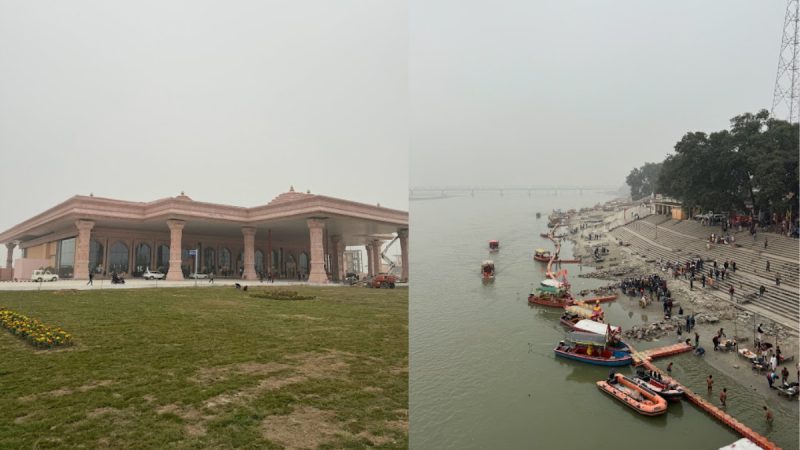Let’s embark on a journey through the sacred city of Ayodhya, where every step is laden with history, spirituality, and cultural richness. Ayodhya, often described as the birthplace of Lord Rama, holds a significant place in Hindu mythology and history. Its very name evokes a sense of reverence and awe among millions of devotees worldwide. Vipul B. Varshneya, in her illuminating book ‘Ayodhya: A Walk Through the Living Heritage,’ takes us deep into the heart of this ancient city, unravelling its layers of mysticism and spirituality with meticulous detail. A
Ayodhya’s Journey Through Time
Ayodhya’s landscape serves as a palimpsest of human civilization, with layers of history awaiting excavation. To fully understand Ayodhya’s past, Vipul emphasises the significance of archaeological digs. Using thorough investigation and recording, archaeologists have discovered an immense collection of artefacts, architectural remnants, and inscriptions that date back thousands of years.
She goes into detail about the important discoveries made by eminent archaeologists like B.B. Lal and Alexander Cunningham, whose work illuminates the past of Ayodhya. Artefacts from the 10th and 12th centuries are connected to the late Pratiharas and early Gahadvals dynasties. They were discovered during their excavations. During their rule, these Kannauj-based dynasties had sway over Avadh and eastern Uttar Pradesh.
The more than two hundred stone slabs with inscriptions, some dating back more than a millennium, are extremely significant. Even though they have only been partially decoded, these inscriptions provide priceless insights.
Vipul emphasises the monumental significance of these inscriptions. She says, “The inscriptions, even the few that have been read so far, shed a great deal of light on the history of Ayodhya and its environs and all of North India in the early Medieval and even the late ancient period.”
Also Read: Cleaning & Saving Bali Mangroves From Plastic Pollution, This Design Firm Turns Waste Into Furniture
Living Heritage Revealed

Over the ages, a variety of cultural influences have shaped Ayodhya’s architecture, which has evolved to reflect these fluctuations. The story starts with the Northern Black Polished Ware (NBPW) people, who lived at the location around the first millennium B.C. and were the earliest known occupants. Although there are no structural remnants found, artefacts like glass and terracotta beads suggest a thriving cultural environment.
Moving forward, terracotta mother goddess figurines and other artefacts from the Sunga horizon of the second to first century B.C. reveal a cultural continuum. Terracotta figurines and a copper coin with the story of Sri Chandra Gupta on it are two examples of the classical artistic elements that define the Gupta era (4th to 6th century A.D.). Vipul says, “The advent of Guptas did not bring any qualitative change in building activity, although the period is known for its Classical artistic elements.”
The excavation conducted between 1975 and 1980 by the Archaeological Survey of India under Professor B.B. Lal unearthed evidence spanning over three millennia, including remnants of temples dating back to the pre-13th century period. Further excavation in 1992, led by SP Gupta and his team, revealed Hindu artefacts from 10th to 12th century AD. It shed light on the socio-political landscape of Ayodhya during the late Pratihara and early Gahadval dynasties.
Also Read: India Witnessed 60% Surge In Farm-To-Table Restaurants In 2023: Report
From Ruins To Revelation

The lack of historical records in Awadh is mainly because Indian Hindus mostly followed oral traditions in the past. On the other hand, in South India, temple building was abundant. Vipul says, “We do not know the destruction that took place in India, but we can review the Islamic chronicles of the deeds of these rulers of the day. “
These narratives shed light on the significant destruction wrought upon Indian temples during various periods of history. The era following the Gupta Empire is often referred to as the Golden Age of Indian history. The period certainly witnessed substantial intellectual and cultural development across the western and central regions.
However, the subsequent onslaught of invasions led to widespread vandalism and the destruction of these magnificent structures. Many revered Hindu sites, including Ayodhya, Kannauj, Mathura, Varanasi, and Allahabad, fell victim to this onslaught, with countless temples razed to the ground.
Through Vipul’s narrative, Ayodhya emerges as a city of temples and a symbol of India’s glorious past.
Cover Image Courtesy: Internal
For more such snackable content, interesting discoveries and the latest updates on food, travel and experiences in your city, download the Curly Tales App. Download HERE
First Published: March 21, 2024 6:09 PM




